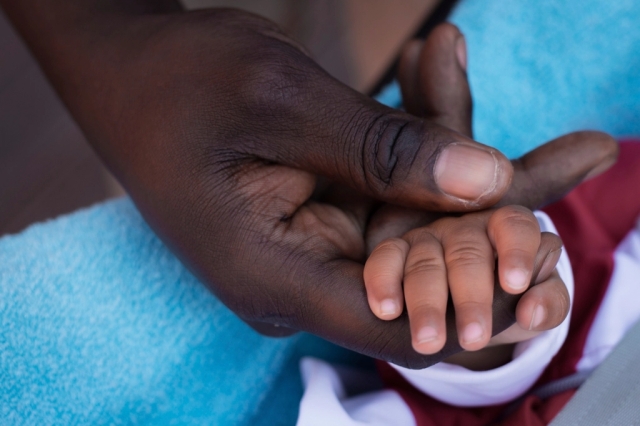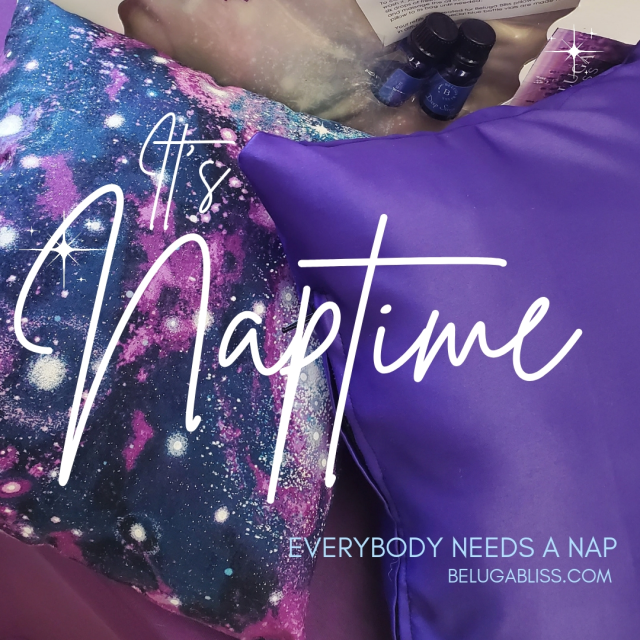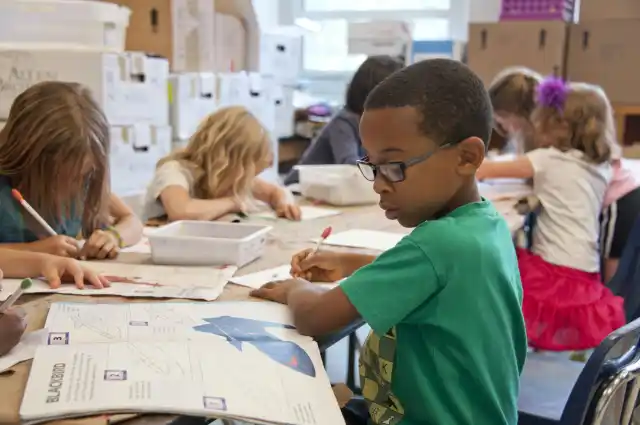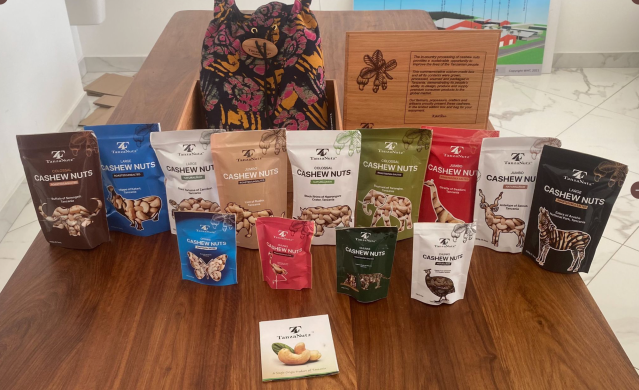Educators quickly responded to COVID-19 but how has it impacted them?

Deandria Burris sits in front of brown cabinet doors. Four small posters display math terms in bold colors, scribble lines, and doodles. Her disposition is friendly even though it is the end of a long day and it has been three long years of the coronavirus pandemic.
“I had to just persevere,” said Burris, a math interventionist in Caddo Parish. When COVID struck in 2020, she stepped in to teach fourth-grade math block virtually then lost her only sister at the onset of the pandemic.
Since March 9, 2020, more than 18,700 Louisianans have died because of COVID. Residents have also endured six waves of COVID-19 surges, major hurricanes, and unprecedented flooding which closed schools statewide for months and caused a decline in student performance. The impact on education has not been quantified. However, a Jozef Syndicate survey of Black, K-12 educators showed the impact has been significant.
“We will be trying to bring our kids back to ‘normal’ for a long time,” said high school teacher Zanetta Trahan. “I fear for the kids who were finishing high school or about to finish high school. They lost a lot of time and solid guidance.”
“With the way students could not be held accountable for attendance or completing assignments during and immediately after virtual learning, I was not surprised about the drop in scores…We encouraged the students as much as we could and their family assisted with the assignments as needed,” said Carlita Gordon, a fourth-grade teacher.
“I did some of my best teaching during COVID and marvel at how well some of my students performed on their LEAP assessment for the 2020-2021 school year…In the 21-22 school year, the magnitude of students’ learning deficits revealed itself, so we had to work to close students’ learning gaps. We were expected to identify specific learning losses and target those areas. We were remediating and implementing a high-quality curriculum simultaneously. It was difficult,” said Tanisca Wilson, Ph.D. who has taught in higher education and middle and high schools across South Louisiana for 25 years.
Burris admitted intervention groups were not done “with fidelity” and department coaches recommended activities to limit learning loss. “We tried to embrace the new normal,” she said. Her instructional leadership team created a saying for students: ‘GLOWING and GROWING and SHOWING what we’re KNOWING!”
Educators across the state responded similarly to the COVID pandemic: they leaned heavily on their years of experience to quickly adjust to virtual and hybrid learning. Burris “went back to old school teaching and incorporated technology.” She would hold a whiteboard and use markers to illustrate math concepts for students who had difficulty understanding the different windows covering their small laptop screens.
Many of the educators surveyed took additional time to record lessons and added programs like Nearpod, Kahoot, and Pear Deck to help students. 22.8% of those surveyed said they spent more than $500 to work virtually.
While educators were realigning their lessons, the Louisiana Educators Association established its response to the COVID crisis. “We pivoted very quickly,” said LAE president Tia Mills, Ed.D. “One thing I am very proud of is being able to provide services through the teaching and learning center of professional development for our members and other educators on how to instruct virtually because we already had that professional development in place.
The association increased its advocacy for teachers and addressed school sanitation concerns, policies about reopening schools, arguments on mask mandates, and priority access to vaccinations. As the State Board of Education received $6.5 billion in federal COVID funds, Mills said LAE demanded incentives for educators who were “working around the clock during that time frame.”
Mills, who was also an educator for more than 14 years, said she understands the challenges teachers faced then and now because of COVID and had hoped for more compassion. “I saw people pulling together in certain instances, but in other settings, not so much. So, it was kind of like a mixed bag. Some things were great. Some things were absolutely amazing. Then, some other things were not so good. And I was disappointed in the things that I witnessed.”
The teachers said they would dress as if they were going to work, disconnect from COVID reports which fed their fears, and stay focused on their children in order to keep their spirits up.
“For me, prayer was my saving grace,” said Trahan.
“I had to stay grounded in my faith,” Burris said. Her school sent daily affirmations to families via DoJo and would hold mini celebrations every Friday for lessons completed. “Some of the students were actively engaged in learning. They missed their friends and on some days we just had check-ins.”
“It was on-the-job training, every day, for all of us—for teachers, admins, parents, students, everyone,” Gordon said. She and Wilson said they had to coordinate their teaching schedules, her young children’s different class schedules, and their class participation to keep from falling behind.
“We were expected to provide instruction at the current grade level and intervene for those students who were not on grade level with the resources we had or found ourselves… As an educator, you are always looking for ways to “fill the gaps” that your students have so that’s what I did. I made assignments for students to use everyday household items—playing cards, dice, board games, recipes, and closed captions—to practice basic skills. No, there has not been much improvement. We are still seeing the effects of COVID on learning,” said Gordon, a public school teacher in Baton Rouge.
Trahan said, “I feel the most discouraged when I come across students who have obvious knowledge gaps that could only have come from nearly two years of being in and out of school. I do what I can to make up for those gaps. I am a history teacher so I can just add what they don’t know to my class discussion. You can’t do that in a subject like math. A kid who doesn’t know a concept is lost and frustrated and generally quits trying.”
Similarly, Wilson, who worked at a New Orleans charter school, said “Initially, I tried to roll with the tide and be a supportive team player during difficult school times, but that stance left no room for self-care. After prayer and careful deliberation, I decided to stay in education, but I left the classroom.”
The survey of Black, K-12 Louisiana educators asked “in three words describe how you’ve felt since the start of COVID.” They shared every emotion: feeling pressured, hopeful, self-aware, scared, worried, concerned, relieved, appreciated, tired, contemplative, balanced, compensated, refreshed, enlightened, and loved.
“I am so tired of COVID and its impact. I still watch the COVID numbers, get tested weekly, and get my booster shots,” said Trahan. “I have to always be thinking of the next steps in case something happens with me, my family, or my students.”
She is not alone. According to a January 2023 YouGov poll, nearly two-thirds of Americans said they remain concerned about the threat of future pandemics. In Louisiana, COVID is still killing an average of four people per day.
BY CANDACE J SEMIEN / Jozef Syndicate
*This story is part of a three-article news series on the coronavirus pandemic’s impact on Louisiana’s Black K-12 educators. Read Where were you on March 9, 2020? Black educators remember the early days of COVID-19 for more.


























Comments
One Response to “Educators quickly responded to COVID-19 but how has it impacted them?”Trackbacks
Check out what others are saying...[…] Looking back over the three years of the pandemic, these educators said they are most proud of their resilience, problem-solving abilities, endurance, and their “prevailing passion” for their work. […]